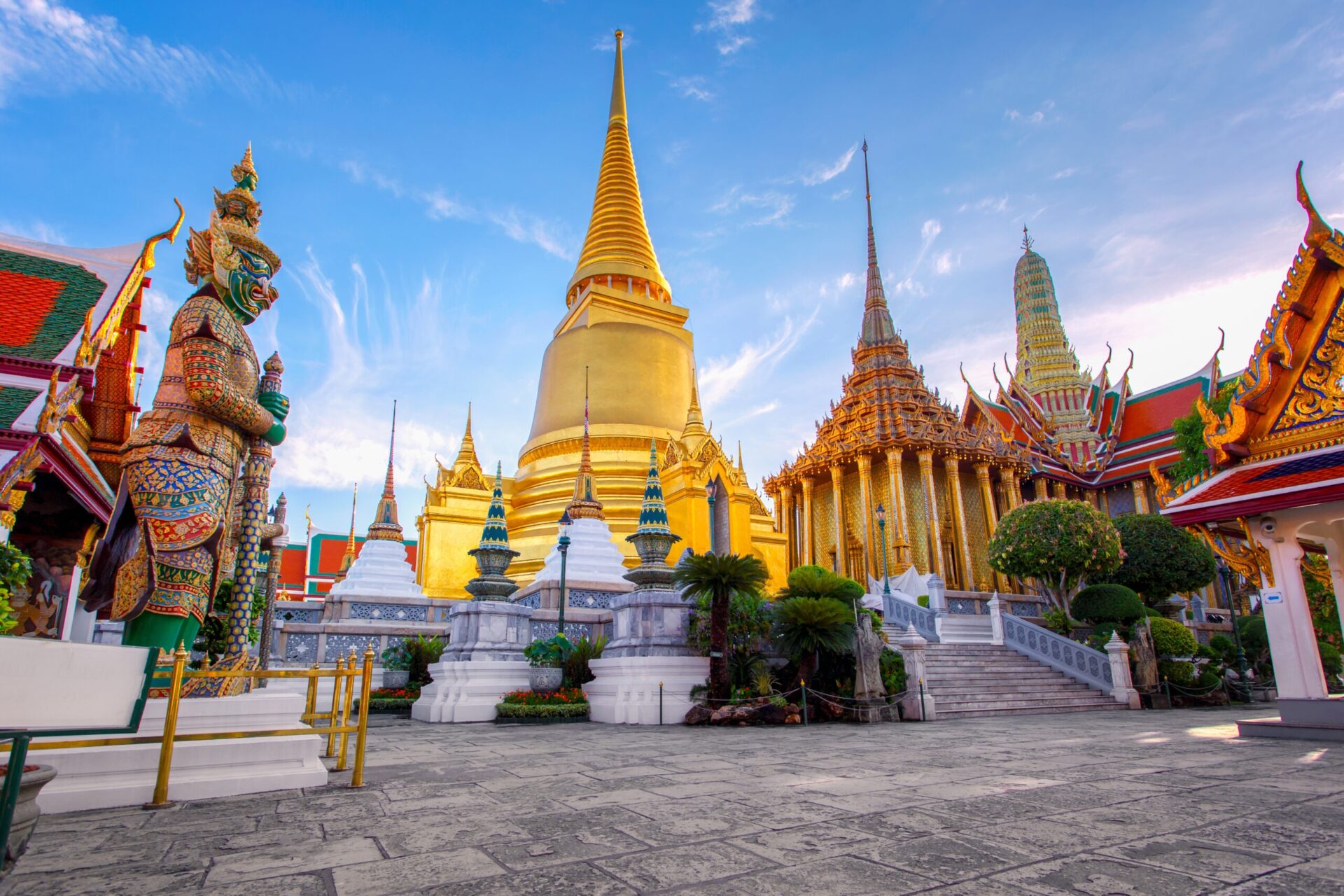In the quietude of the early morning, just beyond Amphawa, a town nestled a couple of hours southwest of bustling Bangkok, renowned chef David Thompson shares a contemplative sentiment about Thailand. “Stomach and soul,” he asserts with a gentle smile, “The two things that sum up Thailand.” While he acknowledges the potential flippancy and brevity of his statement, it resonates with a profound truth about the essence of this country. Thompson, a masterful connoisseur of both stomach and soul, stands beneath the ornate eaves of the King Rama II Memorial Park at a peculiar hour – quarter past two in the morning – and a sense of confusion hovers in the air.
The purpose of their presence is to witness a wai khru, an ancient Thai ritual honoring both human and divine masters, or in this particular instance, paying homage to the art of cooking. In Thailand, where food transcends mere sustenance, it serves as the “only true unifying force” and, as Thompson notes, is “probably the most democratic thing about the country.” He humorously points out that Thais might tolerate political issues and corruption, but the real uproar ensues only when the price of rice becomes too steep – a testament to the deep-seated connection between the Thai people and their culinary heritage.
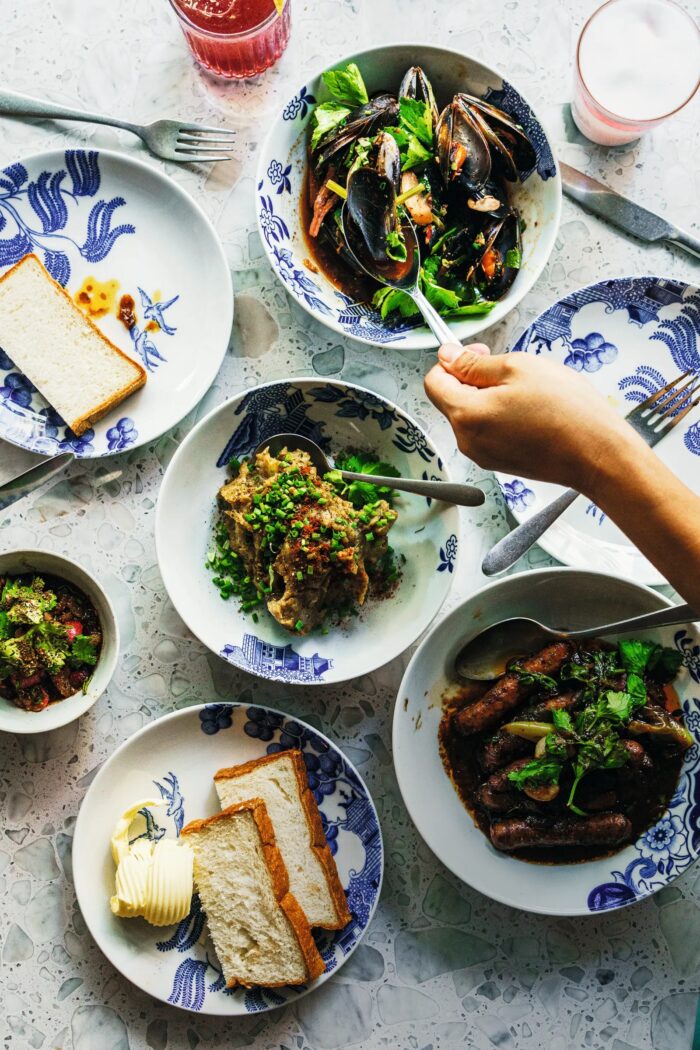
Amidst the open sides of the room, a warm breeze carries scents of incense and the tropical night. The atmosphere is filled with anticipation as they wait for a wok to come to life. Thompson elucidates the significance of the impending Brahmin ceremony, emphasizing its meticulous timing, aligning with soothsayers’ predictions. At precisely 2:19 am, the sacred rice, kao gravasart, begins its transformation in the seething wok. Thompson whispers about the precision required in Brahmin ceremonies, acknowledging the celestial influences on fate.
As the ritual unfolds, ingredients like milk, coconut cream, honey, and sugar are added to the pan, creating an aromatic concoction that defies conventional culinary norms. Thompson emphasizes that each ingredient holds symbolic significance, and taste, in this context, plays a secondary role. The wai khru, it turns out, is not a fleeting event but a process unfolding over hours, challenging the conventional notion of time. Thompson, ever immersed in Thai culture, admits that the more he learns, the less he seems to comprehend.
The journey leading to this arcane ceremony began with an email from Thompson, detailing the revival of the ancient Brahmic ceremony by his partner, Tanongsak Yordwai. The wai khru, as described, is more than a culinary affair; it intertwines cultural, spiritual, and traditional elements, embodying the essence of Thai beliefs. The anticipation of exploring Bangkok and the Central Plains with Thompson and Tanongsak adds another layer of excitement. Thompson, a revered figure in Thai cookery, has traversed the culinary landscape, from the jungly north to the challenging south, providing a nuanced perspective on the country’s diverse cuisine.
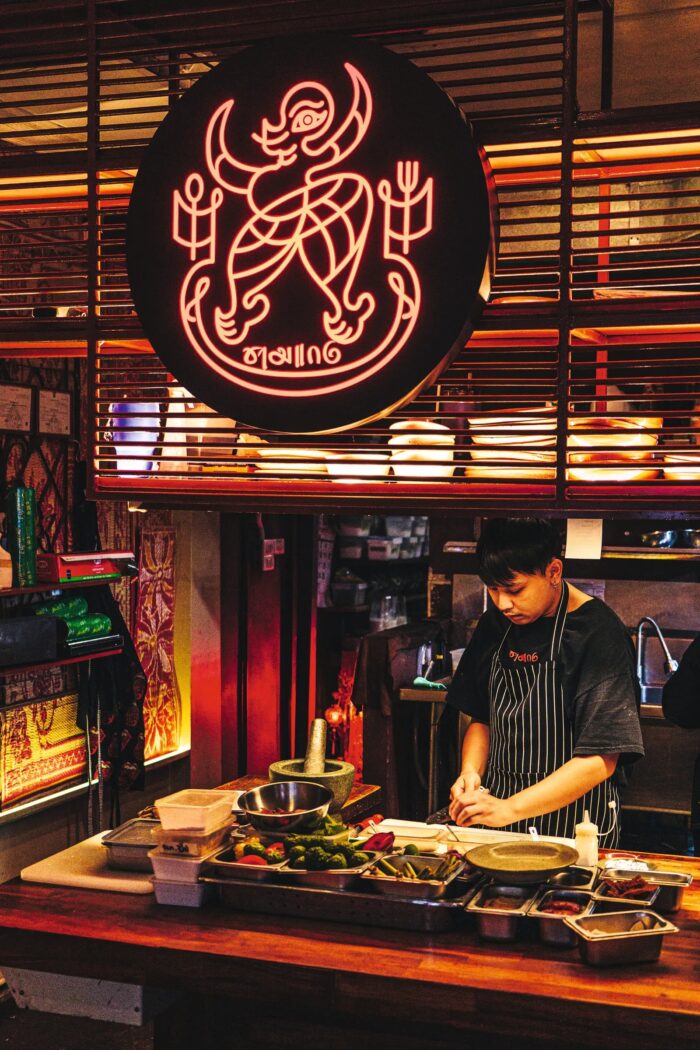
The ensuing days become a whirlwind of culinary exploration, with Thompson leading the way on a taxi scooter through Bangkok’s congested streets. They indulge in classic Chinatown lunches, savoring dishes like drunken chicken and salted fish. A visit to Chop Chop Cook Shop unveils Thompson’s tribute to Bangkok Chinese food, emphasizing the Chinese origins of many Thai culinary elements. The Thais, as Thompson notes, have a remarkable ability to “Siam-ise” everything, adapting and integrating diverse cultural influences.
Utilitarian cafes become pit stops for crab with green beans and lotus-stem orange curry, showcasing the depth and variety of Thai flavors. The culinary journey extends to Aksorn, Thompson’s restaurant inspired by cookbooks from the 1940s to the 1960s, offering a glimpse into Bangkok’s culinary evolution. The days unfold seamlessly, with dinners on the banks of the Chao Phraya River, where catfish rise and cold Singha is savored.
Amidst the urban sprawl, they also venture into the klongs, navigating through canals that reveal the juxtaposition of old and new Bangkok. The past, as Thompson observes, holds less attachment for the Thais, allowing for a dynamic and ever-evolving present. Dining at Baan Ploen Dee, perched on the klong’s edge, adds another layer to the culinary exploration, featuring deep-fried snakehead fish and som tum, a green papaya salad with an intensity that transcends the senses.

The journey continues towards Amphawa, along the Mae Klong River, renowned for its floating market and bountiful seafood. Stops at local eateries like Maeboonmee Noodles offer life-enhancing experiences, where a bowl of hot and sour noodles costs a mere pound. Dinner at Chalsamran, overlooking the Mae Klong River, becomes a seafood feast, with river prawns and crab dishes capturing the essence of Thai culinary excellence.
Finally, the scene shifts to the King Rama II Memorial Park, where the wai khru ceremony takes center stage. As the sacred rice praline simmers, offerings of flowers, incense, candles, and ornately carved foods are presented, each laden with precise symbolism. The ceremony unfolds with an ancient sword dance, blending tradition and grace. Despite the detailed explanations, the ritual remains impenetrable, a mesmerizing spectacle that transcends empirical understanding.
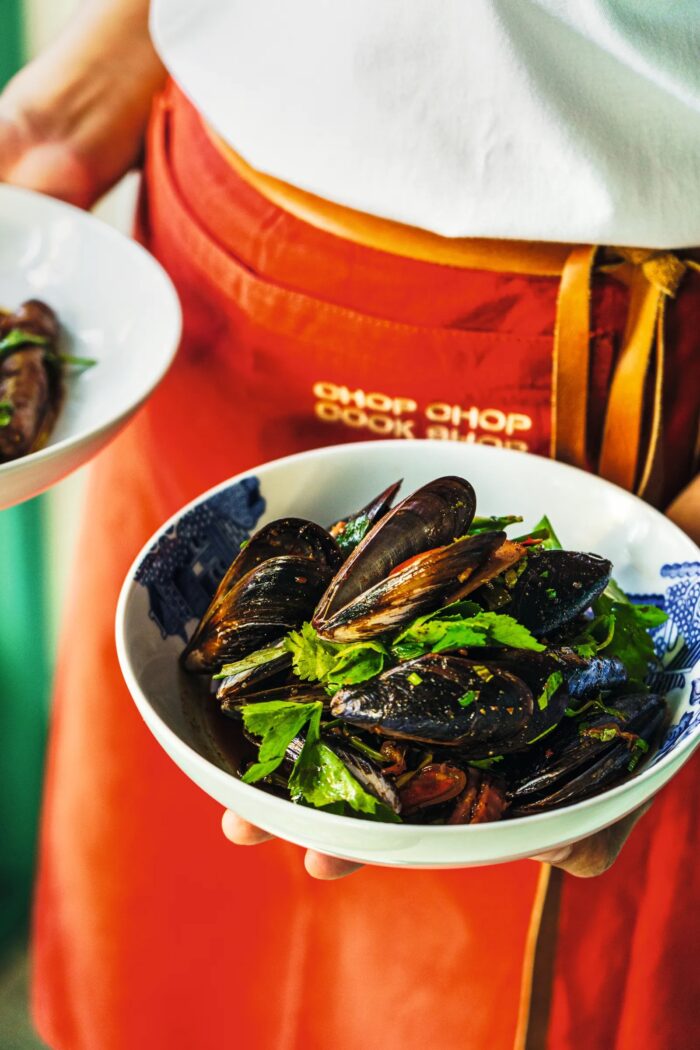
As the Brahmin blows the sacred shell, signaling the end of the ceremony, Thompson reflects on the intertwining of cooking, life, Brahmin rituals, and Buddhist traditions. The ethereal blend of these elements creates an exquisite whole, leaving them lost in thought, savoring the profound silence. Thompson encapsulates the essence of Thai food, stating that it offers more than nourishment; it is sustenance for both the country and the soul.
The culinary journey, with its diverse flavors and cultural insights, becomes a celebration of Thailand’s rich tapestry. From the neon-lit Charmgang Curry Shop in Bangkok, where traditional Thai recipes meet modern sophistication, to the iconic Nai Mong Hoi Thod in Chinatown, known for its wobbling masterpiece – the oyster omelette – each eatery contributes to the gastronomic mosaic. Yim Yim, a no-frills Teochew restaurant in Chinatown, stands as a testament to enduring culinary traditions, while Krua Apsorn, a classic Bangkok eatery, reflects royal approval and Michelin recognition.
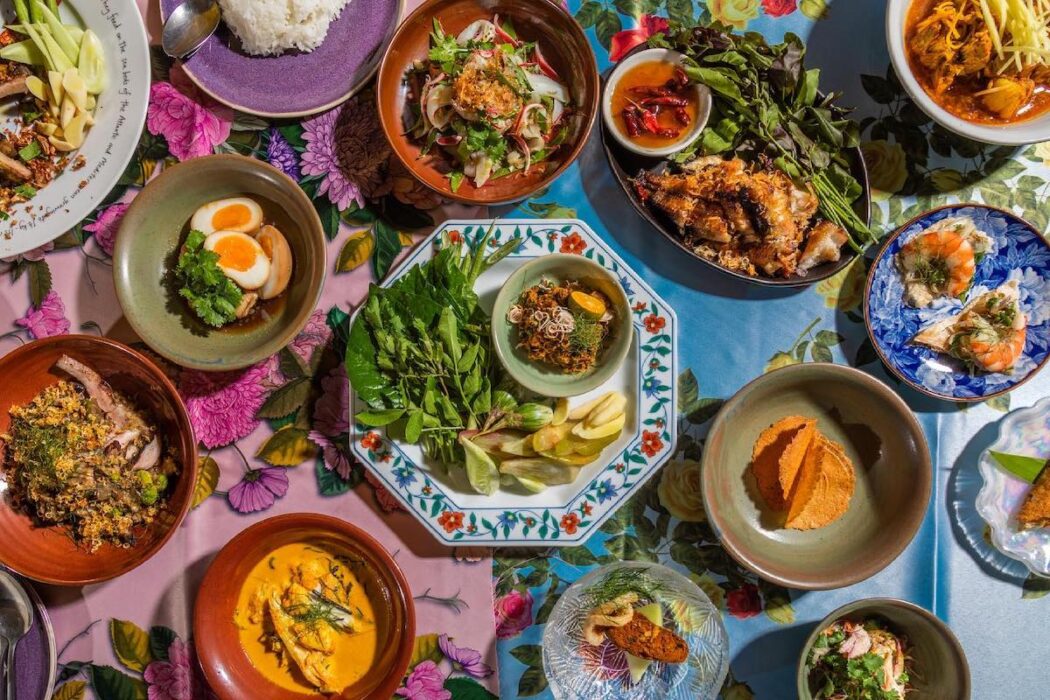
The culinary exploration extends beyond Bangkok to Amphawa, where Maeboonmee Noodles and Chalsamran offer authentic, life-enriching experiences. The journey, guided by David Thompson’s expertise and Tanongsak’s companionship, unveils the complexity, diversity, and influences shaping Thai cuisine. In the tapestry of Thai gastronomy, each dish, ritual, and moment becomes a thread, weaving a captivating narrative of a country where food transcends mere sustenance, offering sustenance for both the body and the soul.


